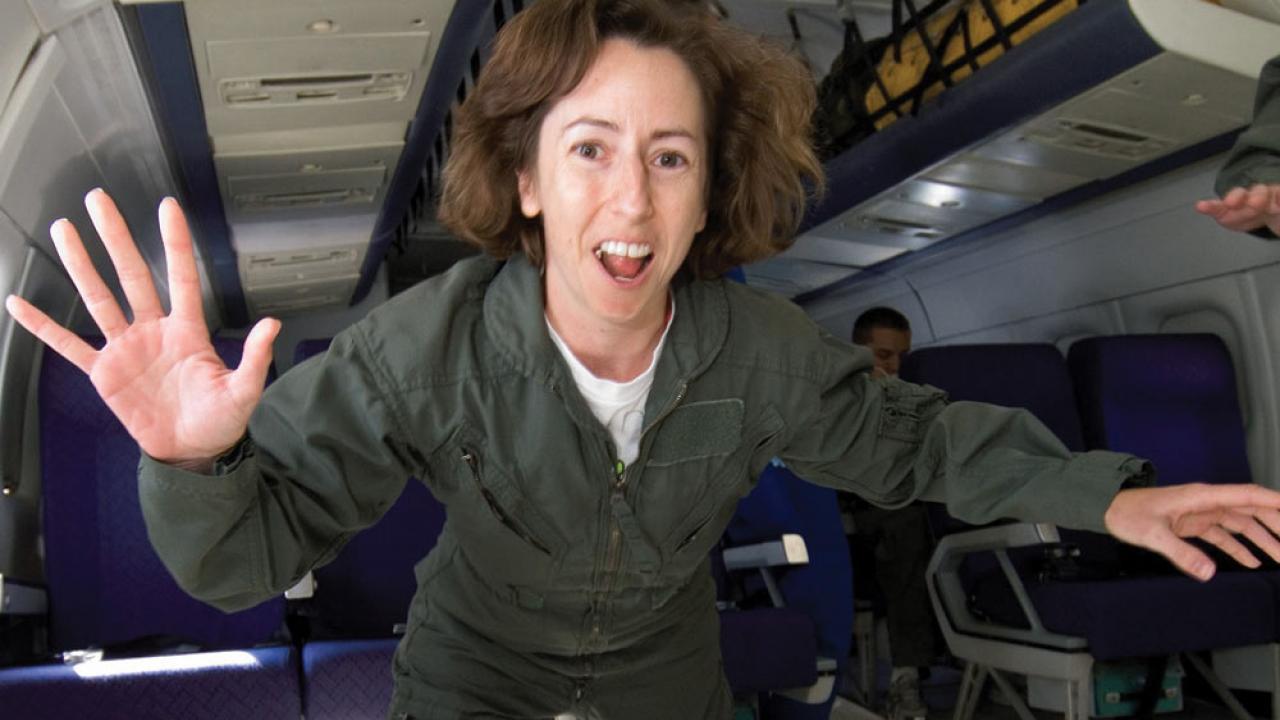
UC Davis Research on Gravity Predates Men Landing on the Moon 50 Years Ago
IN BARNLIKE BUILDINGS on an acre of land among alfalfa fields and cattle, dedicated UC Davis scientists have studied gravitational biology for more than five decades.
These unassuming buildings house what may be the largest centrifuge lab in the world, part of the Chronic Acceleration Unit, or CARU. A few years before men landed on the moon in 1969, faculty and students conducted experiments on hypergravity there, assessing how astronauts’ bodies could be affected by long-term spaceflight, take-offs and landings, and how their lives and health could be improved. That work continues today.
NASA has invested millions of dollars in UC Davis research, working with UC Davis biologists, engineers, physiologists, psychologists and other researchers to study life in space — whether that be studying space itself, the effects of gravity, getting there, staying there or surviving there.
Among the hundreds of UC Davis graduates who have gone on from UC Davis labs to careers in the space industry is Liz Warren.
